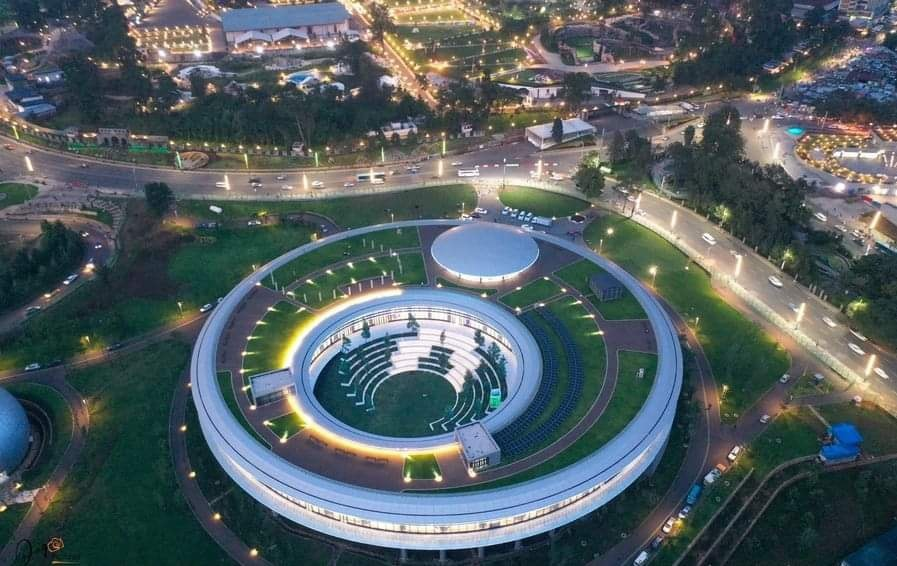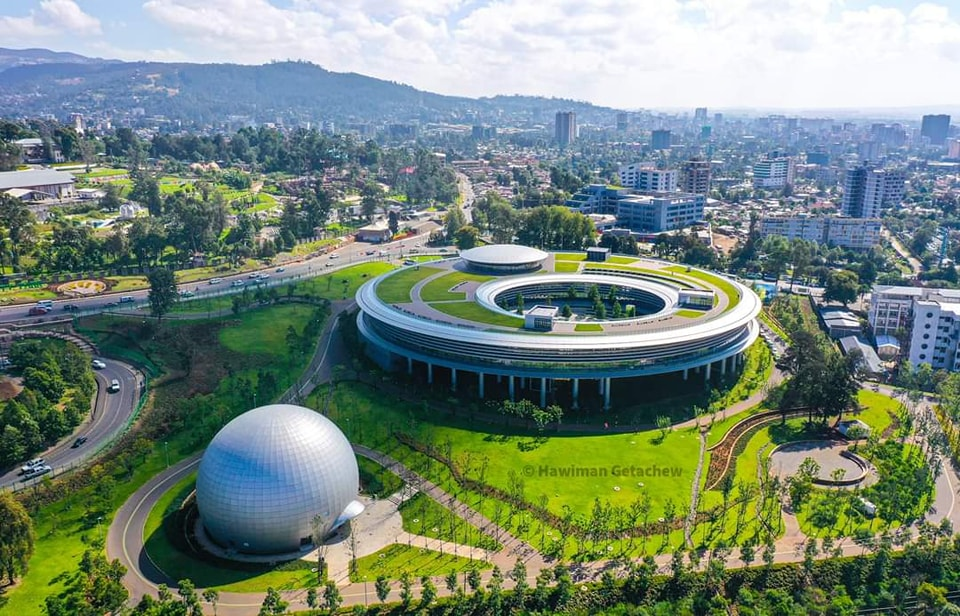When Prime Minister Abiy Ahmed opened the new wing of Ethiopia’s Science Museum this June, he wasn’t just unveiling a building; he was unveiling a vision.
A vision where African youth walk through museum doors and into futures filled with artificial intelligence, green energy, and scientific wonder. A vision where Africa is not only documented in history books but writes its future with microscopes, satellites, and solar labs.
 Pic courtesy: city scope
Pic courtesy: city scope
Located in Addis Ababa, the museum spans five major innovation zones: climate, AI, hydropower, agriculture, and aviation, and features a stunning 36-metre planetarium. But beyond the state-of-the-art architecture lies something far more powerful: a shift in how Africa sees itself.
 Pic courtesy: city scope
Pic courtesy: city scope
Why Africa Needs More of This
In a continent where 60% of the population is under 25, interactive science museums aren’t a luxury; they’re a strategic necessity. They inspire a new generation of engineers, climate activists, AI developers, and space scientists. They demystify STEM, giving young Africans the opportunity to touch, experiment, and innovate with their own hands.
But that’s just the start.
These institutions help rewrite Africa’s global image. Gone are the days of single-story narratives of poverty or conflict. Instead, imagine global travellers, researchers, and investors coming to Africa not to intervene but to learn.
In fact, during a tour of the museum last year, a Pan-African journalist described it as “the most powerful visual counter-narrative to the world’s perception of Africa”. Because here, the future isn’t being forecast; it’s being built.
Connecting Innovation to the AfCFTA Dream
Africa’s Continental Free Trade Area (AfCFTA) is about more than goods and services; it’s about minds and movements. And science museums are vital in that ecosystem.
-
They train the human capital AfCFTA needs to thrive.
From AI programmers to clean-tech engineers, museums become informal but impactful STEM pipelines. -
They enable cross-border innovation diplomacy.
Just like trade expos, museums can host regional student exchanges, tech demonstrations, and academic residencies. -
They foster intra-African cultural confidence.
When youth see that innovation looks like them, they are more likely to create, collaborate, and trade ideas across the continent.
Ethiopia’s museum could be the first node in a new network of Pan-African science institutions, each one rooted locally but connected continentally.
What Comes Next?
Imagine:
- Mobile science units traveling from Nairobi to N’Djamena
- AfCFTA-backed hackathons hosted in exhibition halls
- Virtual reality science experiences built by African developers and exported globally
- AI labs inside museums solving regional issues in agriculture, health, or urban design
Ethiopia has planted a seed. It’s time for other nations to build on this momentum.
Science museums aren’t just about showcasing discovery; they are infrastructure for imagination. In Ethiopia, we’ve seen the blueprint. Now, it’s up to the rest of Africa to build the bridges.
Because if we want a continent that is competitive, self-reliant, and united, then we must also invest in the places that make our youth believe it’s possible.